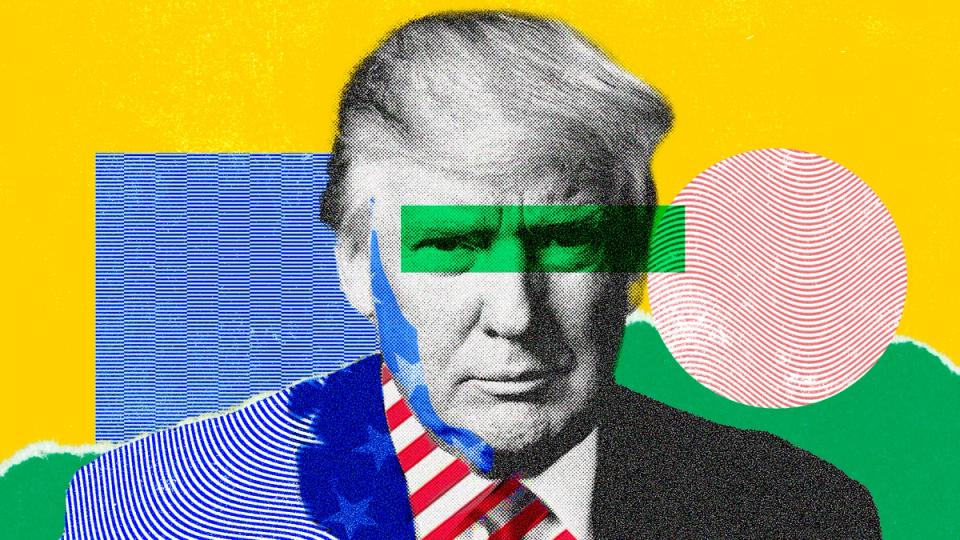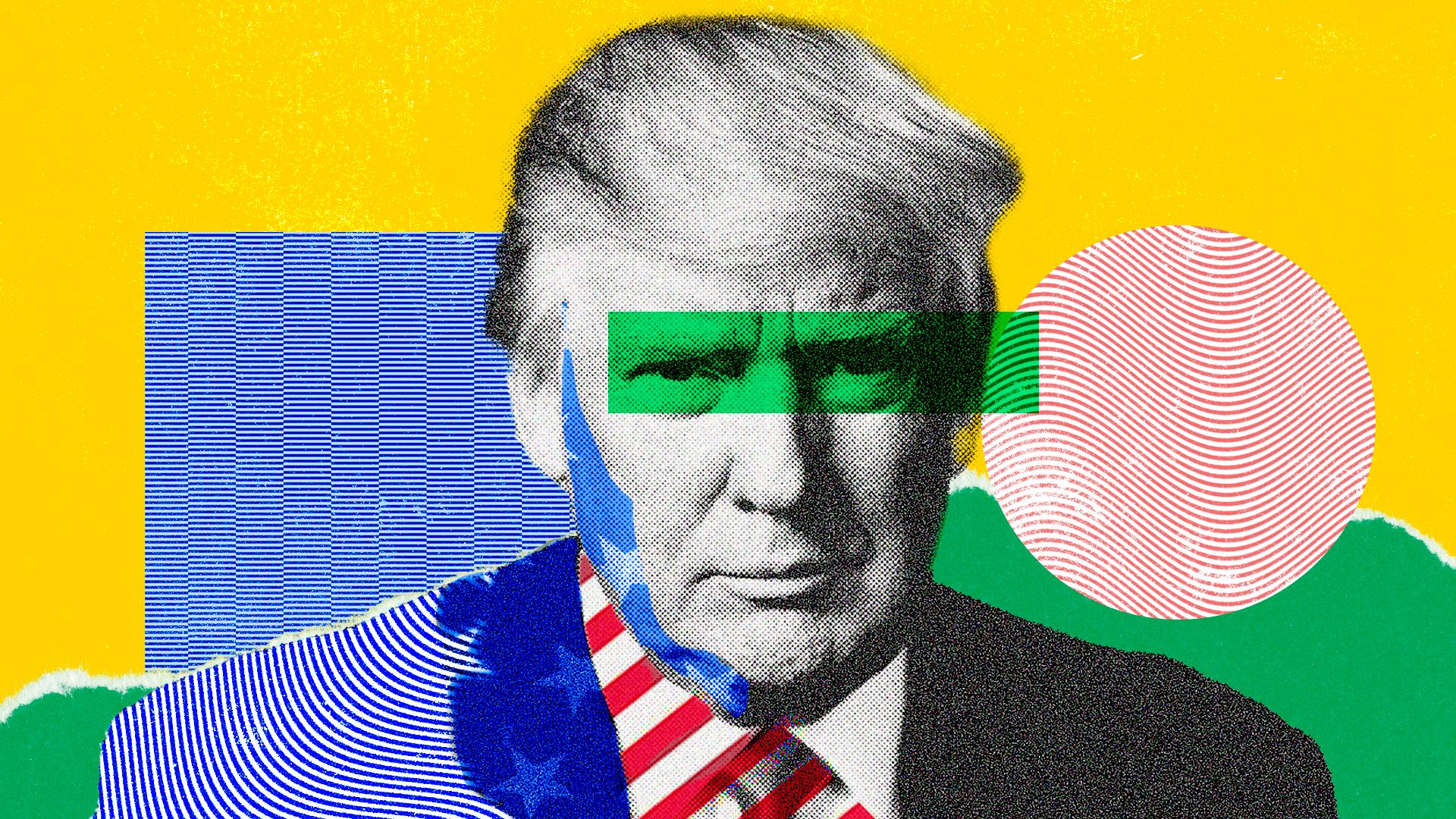CryptoCurrency
Trump Administration Overlooks Bitcoin, Blockchain in National Security Strategy


U.S. President Donald Trump took office early this year, with at least part of his 2024 election victory thanks to voters who took to heart campaign promises about a crypto-friendly administration.
So far, the Trump administration has indeed taken decisive pro-crypto steps, including signing an executive order rescinding Biden-era policies, establishing the President’s Working Group on Digital Asset Markets, and prohibiting a U.S. CBDC. The administration also helped push the GENIUS Act — the first major federal crypto law for stablecoin regulation and dropped several enforcement cases tied to crypto firms.
Trump also established a strategic bitcoin reserve, though he disappointed some in deciding that the reserve will be funded with seized bitcoin, rather than fresh purchases.
What have you done for me lately?
Digital assets and blockchain technology, however, received zero mention in Trump’s latest national security strategy. Instead, artificial intelligence, biotech, and quantum computing are highlighted as keys to U.S. tech leadership.
“We want to ensure that U.S. technology and U.S. standards — particularly in AI, biotech, and quantum computing — drive the world forward,” the national security strategy statement released Friday said.
The omission could mean that President Trump and the U.S. establishment as a whole remain reluctant to see crypto as anything beyond just another financial asset rather than something that could give America a strategic edge.
Read: Trump’s Security Strategy: Impact on Bitcoin, Gold, Bond Yields










